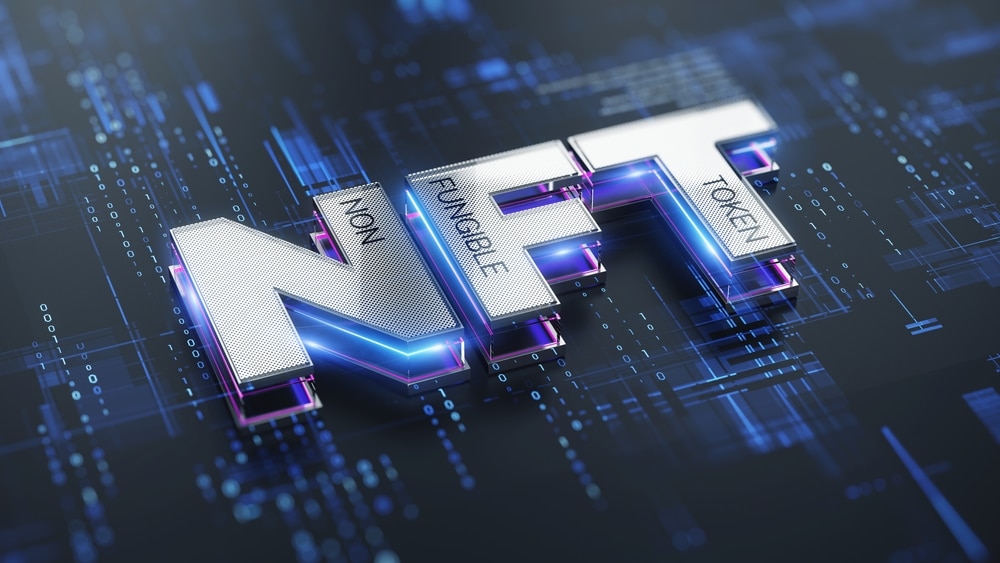Introduction
Non-fungible tokens (NFTs) are digital assets that reflect the ownership of a particular item. They employ blockchain technology, also known as steganography, to produce a secure, unchangeable record of ownership. Unlike standard digital commodities such as mp3s and JPEGs, which are all the same, these assets are one-of-a-kind, which means that each time an NFT is made, it is a one-of-a-kind item that can never be recreated. This appeals to artists who want to give their audience something significant and unique and fans who want to possess something unique.
Because of their digital nature, NFTs are malleable and diverse: they may be used to represent actual items (rare and valuable art, music, and other creative content), virtual currency (such as flicks or records), and even physical models (like tickets or figurines). They are also easily convertible, which makes them ideal for buying and selling.
NFTs might be an excellent option for anybody who is either a creator who wants to make something unique or a fan who wants to buy something special. Read on to discover the five simple steps required to produce your own NFT.
Step 1: Determine the kind of NFT you wish to establish
To create your non-fungible token, you should first pick a good kind. It’s because NFTs come in a broad range of flavors, each with its own set of unique tricks in its sleeves.
The four primary categories of NFTs for programmers to keep in mind are utility tokens, collectibles, digital assets, and physical items.
On platforms, utility tokens are often used as a form of payment to access the platform’s content or services. The Ethereum blockchain supports them (as ERC20 tokens) and the Binance Smart Chain (as BEP20 tokens). When most individuals refer to “collectibles,” they refer to actual goods such as paintings, records, or toys.
This kind of token is often found on Ethereum as ERC721 tokens and BSC as BEP721 tokens. To distribute digital assets like digital papers, digital movies, and digital websites, ERC721 or BEP721 tokens are necessary. Finally, ERC721 or BEP721 tokens often tokenize real items as tickets or event passes.
Enough that you know what each NFT is and what it includes, you can choose the one that fits your work best.
Step 2: Select an exchange spot
After contemplating on an NFT to develop and mint, the next step is to choose a trading platform. Other NFT marketplaces are accessible, but some of the finest and most popular choices for newcomers include OpenSea, Rarible, SuperRare, and Codex Protocol. These sites allow you to list, market, and sell your NFTs.
However, creating and selling NFTs on their platform comes with a cost. For example, OpenSea charges a 3.5 percent commission on all sales and a 0.75 percent minting fee. OpenSea adds a 0.75 percent minting fee to the final payment for NFTs. You must think about these costs when choosing a market to enter.
Step 3: Create a crypto wallet.
After deciding, the next step is to set up a wallet. As a popular and secure bitcoin wallet, MetaMask is a great option for those just starting in the programming world. Tokens built on Ethereum may be stored, sent, received, and traded with the help of this browser extension (ERC20s and ERC721).
After installing the MetaMask add-on in Chrome or Firefox, follow the on-screen prompts to create an account. You must acquire enough Ether before utilising your freshly constructed MetaMask wallet (ETH). Tokens are used as a mechanism of exchange on the Ethereum network. You may purchase ether with a debit or credit card using MetaMask or an exchange like Binance or Kraken.
Step 4: Mint your NFTs
Following generating a wallet, buying some ETH, and deciding where to sell your NFTs, you are ready to start minting them on the blockchain. Due to its widespread adoption, Ethereum has quickly become one of the most sought-after blockchains to create and distribute NFTs. Tokens conforming to the ERC20 and ERC721 standards may be used there.
Basic information about your token, like its name, price per unit (essential if it’s an asset), artwork, and payment details, may be entered into a form and minted on either platform (ETH address). After this, the NFT may be seen by the user in their wallet or the marketplace it was made in.
Step 5: Market your NFT
The last part of making an NFT is selling it to investors. Listing it on online markets and advertising it via social media are two viable options. To increase exposure and demand for your asset, you may also join online groups and events focused on NFTs.
Conclusion
Tokenized non-fungible assets (NFTs) have the potential to commercialize digital or physical assets, establish ownership, and foster collaborative innovation. There are five easy steps to create your own non-fungible tokens with the right marketplace and wallet. Choosing a platform that fits your budget is important since the expenses associated with minting and selling NFTs vary per service. Following these guidelines, you should be able to tokenize things with real, long-term value on any blockchain.
At Tokenhell, we help over 5,000 crypto companies amplify their content reach—and you can join them! For inquiries, reach out to us at info@tokenhell.com. Please remember, cryptocurrencies are highly volatile assets. Always conduct thorough research before making any investment decisions. Some content on this website, including posts under Crypto Cable, Sponsored Articles, and Press Releases, is provided by guest contributors or paid sponsors. The views expressed in these posts do not necessarily represent the opinions of Tokenhell. We are not responsible for the accuracy, quality, or reliability of any third-party content, advertisements, products, or banners featured on this site. For more details, please review our full terms and conditions / disclaimer.
